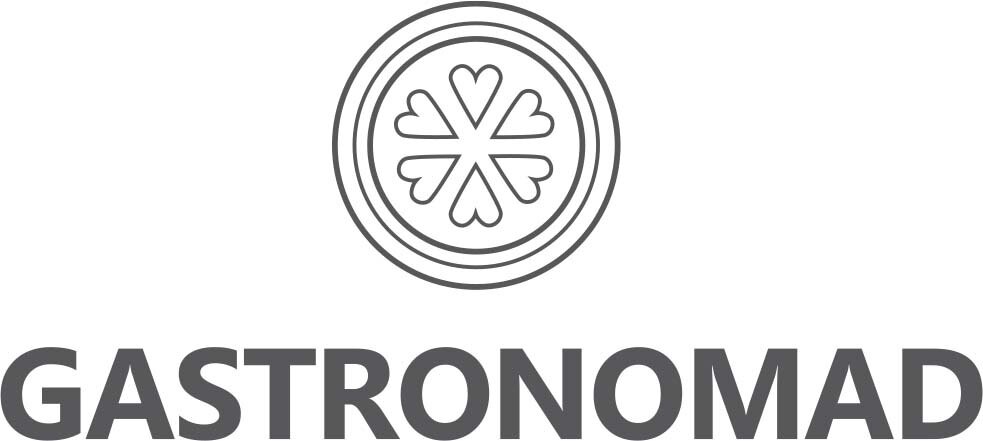In our search for Catalonia's greatest food secrets, we've had to look beneath the surface. Literally!
Our quest took us to the cava-producing region near Barcelona. As with Italy's prosecco-growing area, the places where cava is produced is mind-blowingly beautiful, with rolling hills of vineyards, ancient farm houses and tiny villages, each wrapped around a medieval church. (The region is also dotted with bunkers and other painful reminders of the Spanish Civil War.)
A few decades ago, every sparkling wine was called "champagne." But Champagne is a wine-growing region of France. With the rise of the EU, French producers were able to ban the use of "champagne" for any sparkling wine produced outside the area. (You can still see wine buildings in Spain that say in faded paint "champán," the Spanish spelling of "champagne.")
In response, California producers in all their utilitarian artlessness started calling it "sparkling wine." Italians renamed it "prosecco," after the village where the glera grape may have first been developed. And Spain called it "cava."
Cava, it turns out, is Latin for "caves" — the place where grape juice is transformed, and later where bottles are stored for aging. And, boy, are there a lot of caves in cava country.
Anywhere you go in this part of Spain, you encounter cava-producing wineries — buildings of various sizes, with the largest producers centering around building complexes that are larger than most of the towns in the area.
Beneath all these producers are deep caves where the wine is aged. In many cases, they're not stored in containers, but in tiled "rooms" whose sole purpose is to gain hundreds of gallons of cava.
Bottled cava is even stored in Civil War bomb shelters, the brick entrances of which pop up randomly in vineyards.
These wine "caves" also serve as ready-made cheese aging facilities. With a little tweaking and air management, the temperature and humidity can be maintained perfectly, even in Spain's blistering-hot summers.
Our upcoming Barcelona Experience 2017 will take us to the cava country, where we'll explore the beauty of this place, introduce you to the region's visionary food and wine makers — and also marvel at what's taking place beneath the surface.
Get our free email newsletter! (It takes 3 seconds to subscribe!)




